Monday, December 20, 2010
Facebook photo giveaway!
Working on a project...
Friday, December 17, 2010
Come join the Photography Corner!
... a leading photography resource website that includes member-written articles, an active photography forum, photography tutorials, equipment & product reviews, photography projects, monthly contests with great prizes, a photography blog, resources and directories to things like wedding invitations, photo galleries and more!
We have a monthly Photograph of the Month contest, as well as Contest Corner Challenges throughout the month to participate in, with prizes awarded for every contest (and don’t forget about our yearly Photograph of the Year contest). Feel free to post a photograph up in the Critiques & Feedback Corner and have the community critique your work, or get some feedback on a photograph. Keep up to date with Photography News, discuss and review Photography Equipment, and discuss issues that revolve around photography and matter to photographers. You can also keep up-to-date with photography industry news and everything important to a digital photographer with The Corner Blog.
Join a collection of beginner, amateur and professional photographers who call “the Corner” their photography home on the web.
Thursday, December 16, 2010
Creating & Using Textures
Textures can be fun to use no matter what image you may be using it with. It turns something ordinary into something unique. The best part about it is that you can create your own textures very easily and in this tutorial I will show you how to create and use them (this tutorial was done in Photoshop Elements).
To create a texture all you have to do is take a photograph of something you would like to use, whether it be a brick wall, gravel, concrete, grass, wood, etc. There are many possibilities so be creative and try different things. I would recommend using a small aperture to assure the whole image in in focus. For this tutorial I took three images I wanted to make into textures, they were all done from my front porch.
Texture #1 is an image of the welcome mat:

Texture 1 - Welcome Mat
Texture #2 is the wood on the front porch:
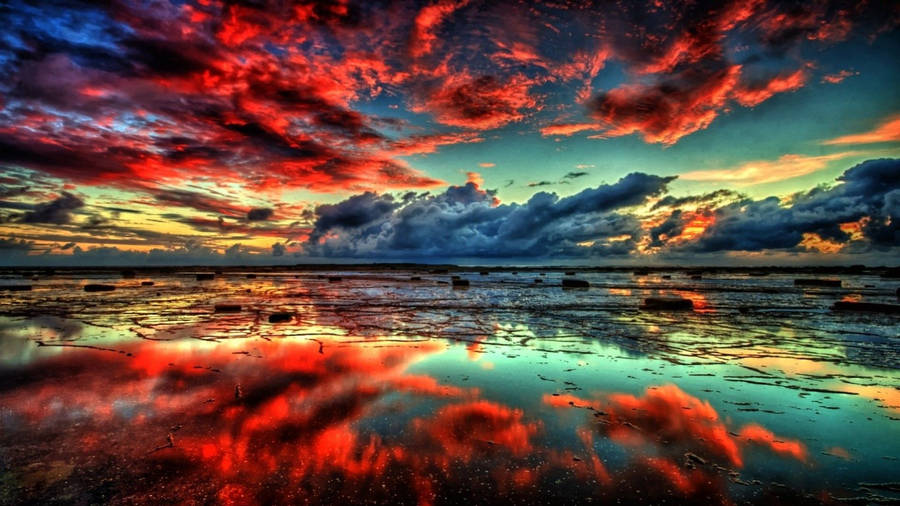
Texture 2 - Front Porch
Texture #3 is a door:
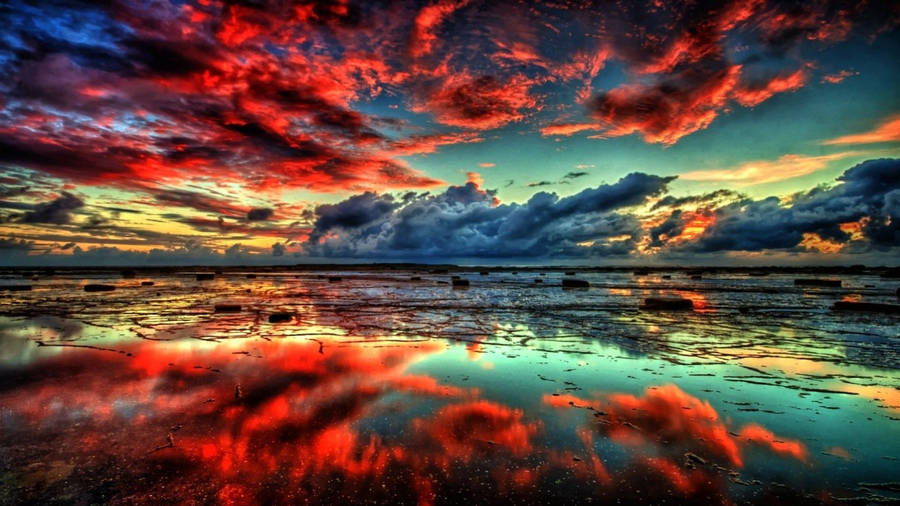
Texture 3 - Door
As you can see, that was a very simple process. Here is the image I decided to use for this:
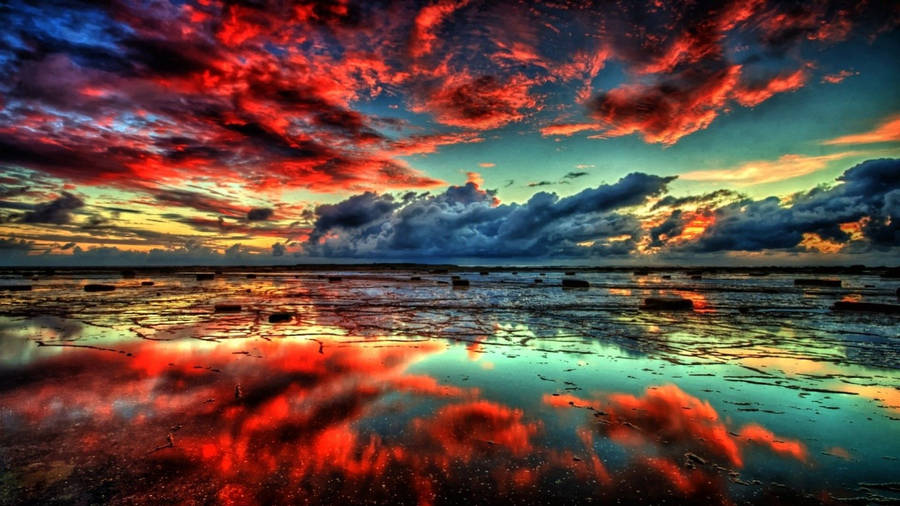
and here are the results with each texture:
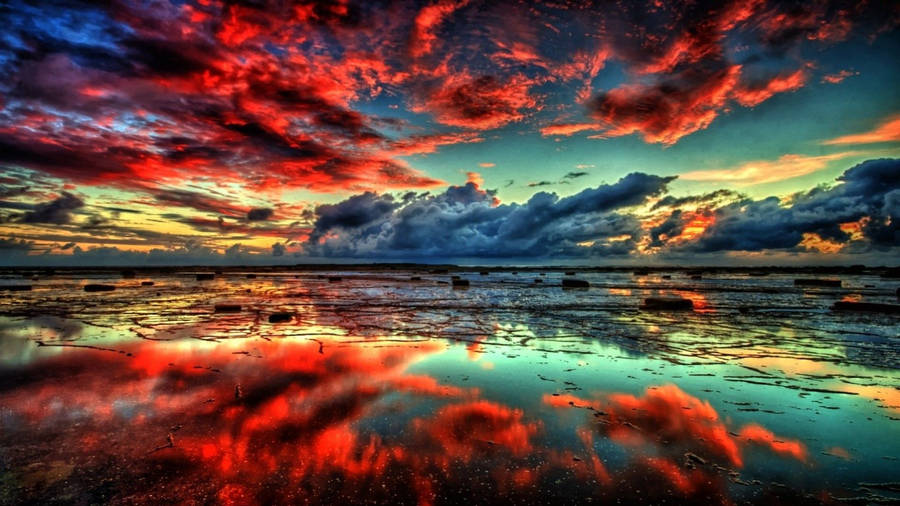
Results - Texture 1 - Welcome Mat
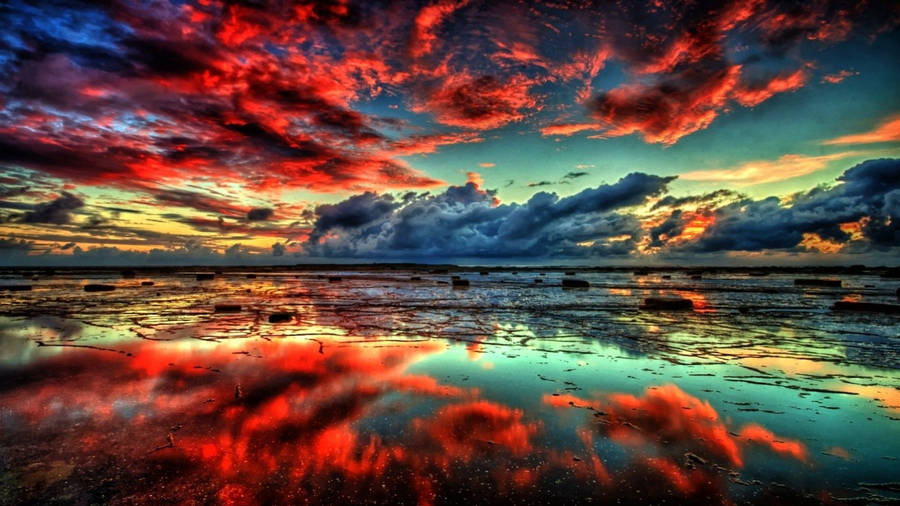
Results - Texture 2 - Wood
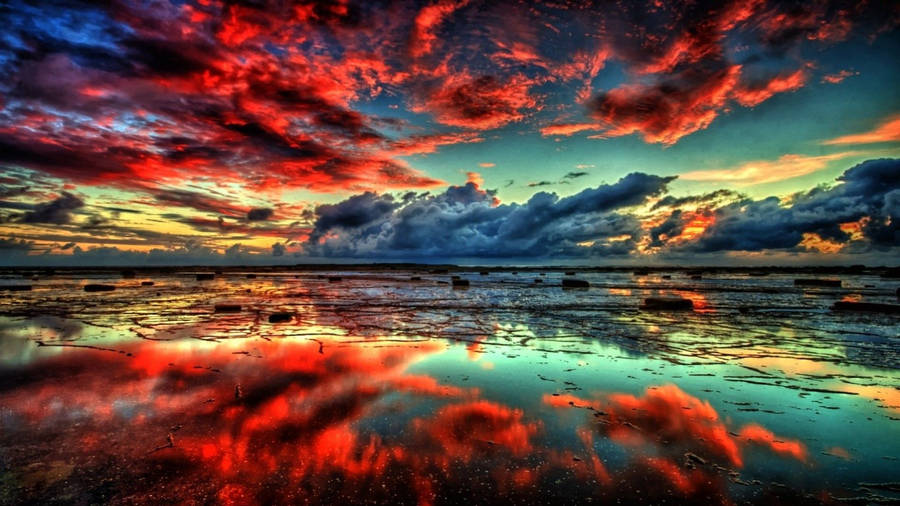
Results - Texture 3 - Door
Now that you know how to create textures and see can see what they do I will show you how to apply them in Photoshop. I have Photoshop Elements 6 but this should not vary much from CS.
Open your desired image.
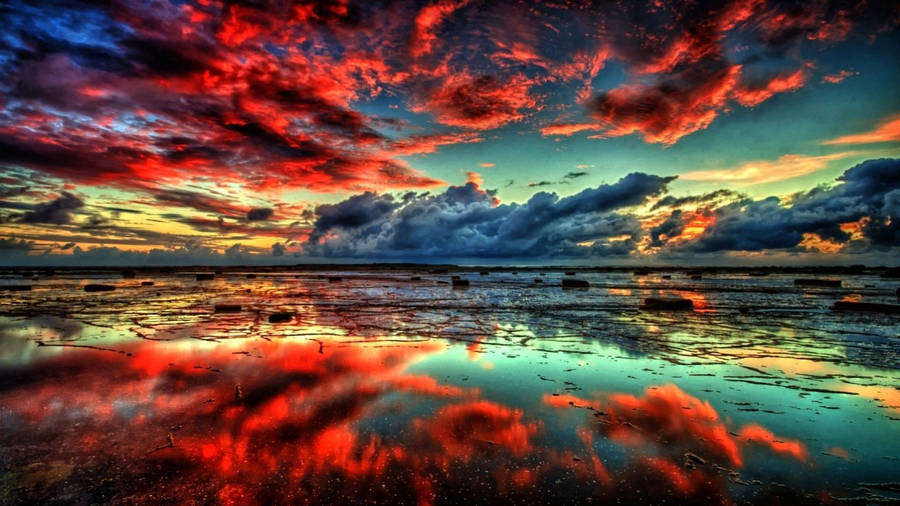
Now open the texture and drag it onto the previously opened image (hold shift to align image while dragging).
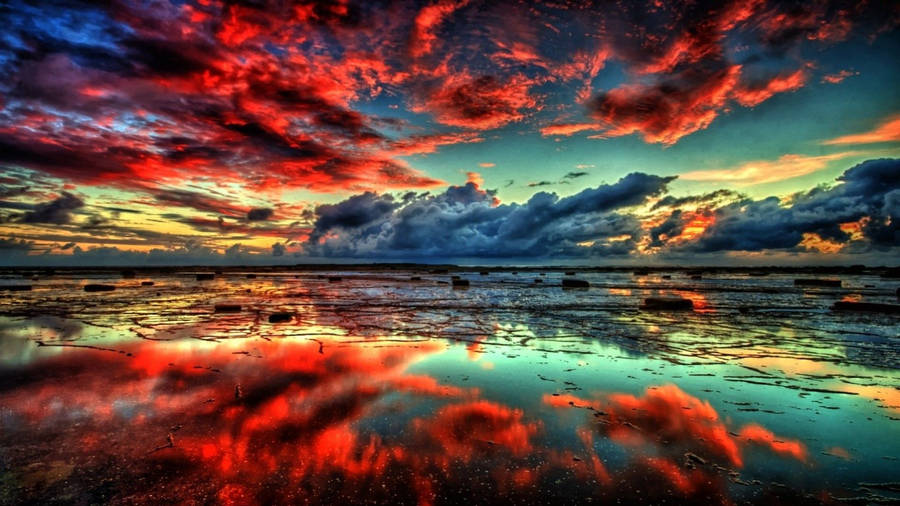
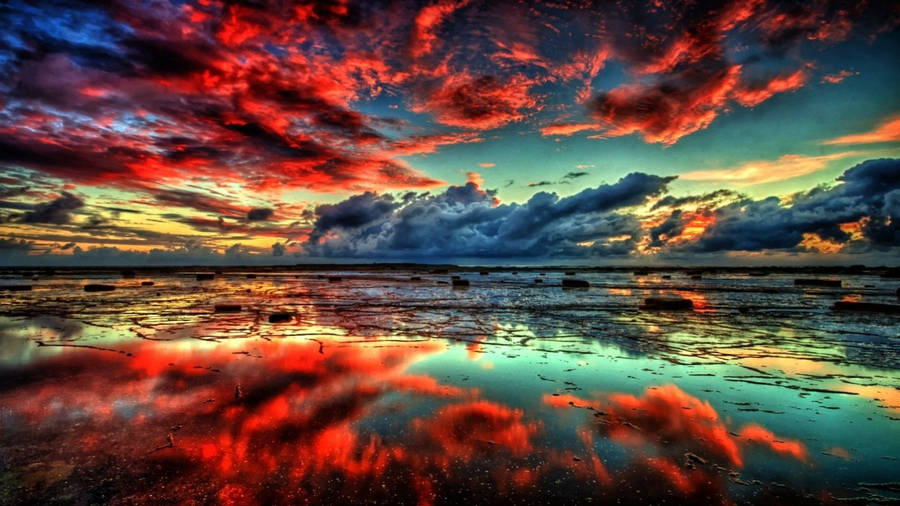
Be sure you have the texture layer selected and change the “blending mode” to “overlay.”
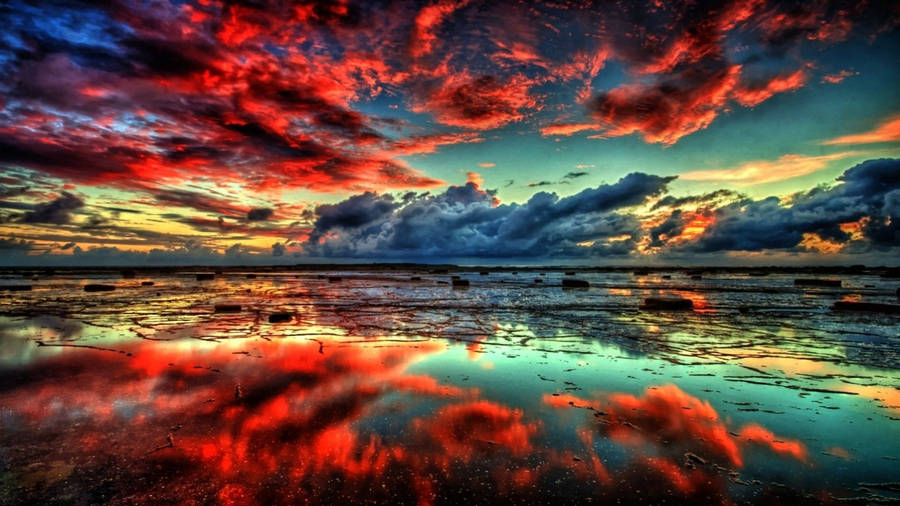
Set Blend Mode to Overlay
Once you have set the blend mode to overlay, adjust the opacity accordingly.
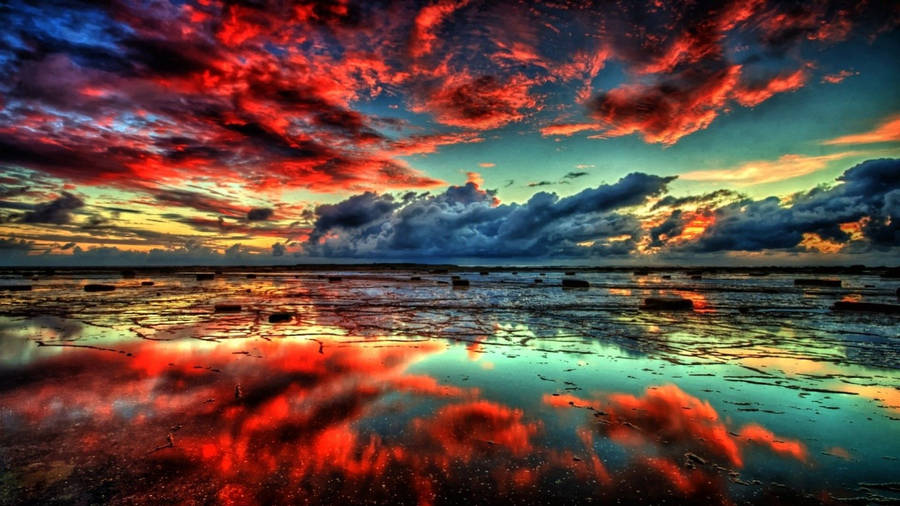
Adjust Opacity
Now flatten the image.
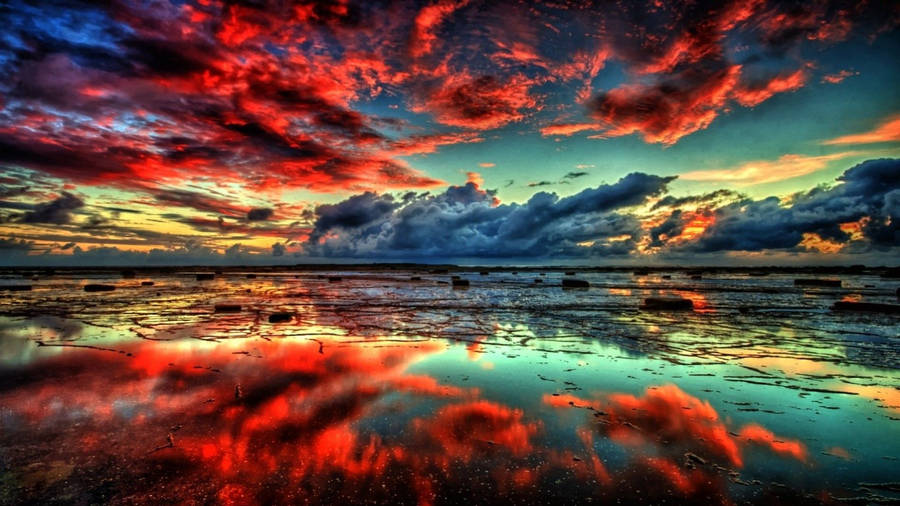
And you’re done!
DIY Flash Stand
We have all wished we could get a flash in a tight spot or an awkward position. This tutorial will show you how to turn an old house lamp into a very versatile flash stand.
The first thing is to find a lamp that you are not using anymore that has a clamp on it so you can attach it anywhere you like when you need to get into those tight spots. The lamp I chose has a strong clamp and can bend in any direction (which is a plus).
Next you need to disassemble the lamp except for the clamp and the post, those need to stay together (of course!). Be sure to keep the nut that held the lamp shade to the post because you will need that again.
You then want to drill a hole in your flash stand you got with your flash, if you got one. Make sure when you drill the hole to do it to the side so it will not interfere with mounting the flash and/or be able to mount to a tripod if you ever need to. Also be sure not to drill the hole too big.
Here is what mine looked like when I was done:
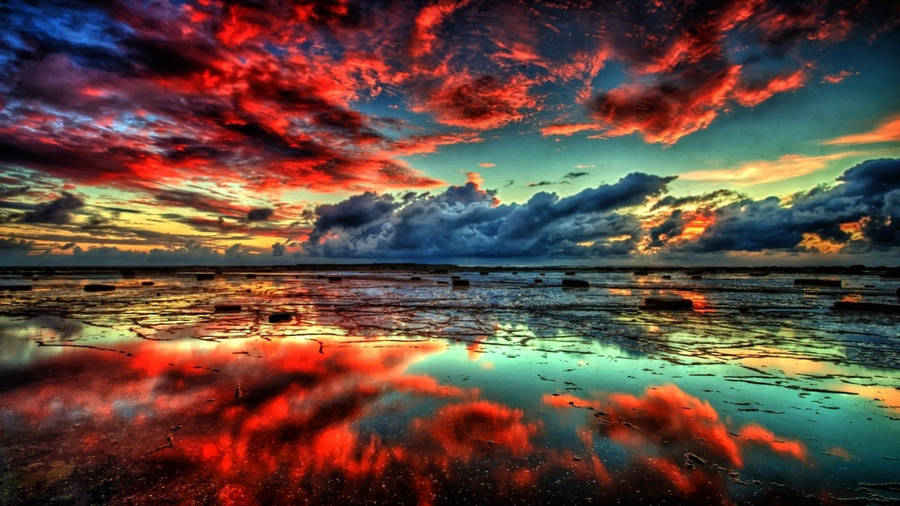
Now all you have to do it mount the flash stand you just drilled the hole in using the nut you saved from earlier. Before you put your flash on make sure you tighten the nut with a wrench so your flash doesn’t fall off! Do not over tighten, it WILL break. Here’s a photo:
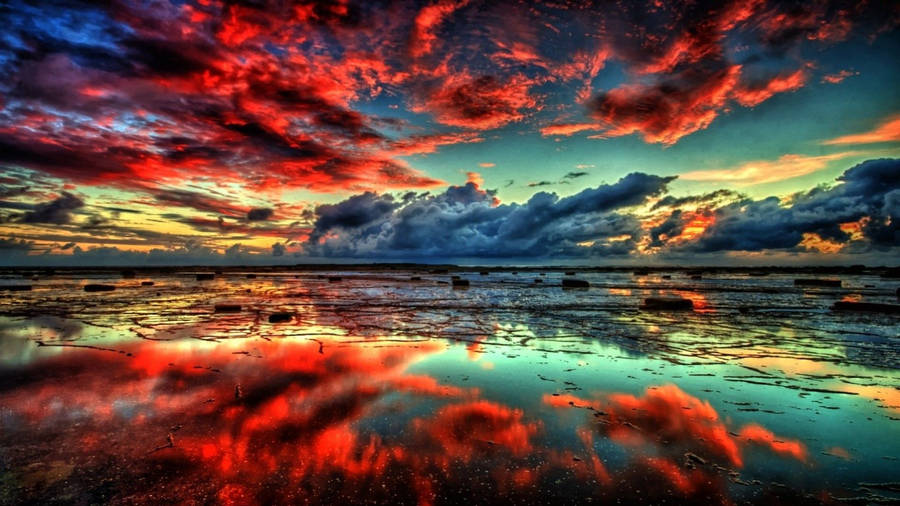
Just mount your flash and your ready to go!
Here are some photos of the finished project.
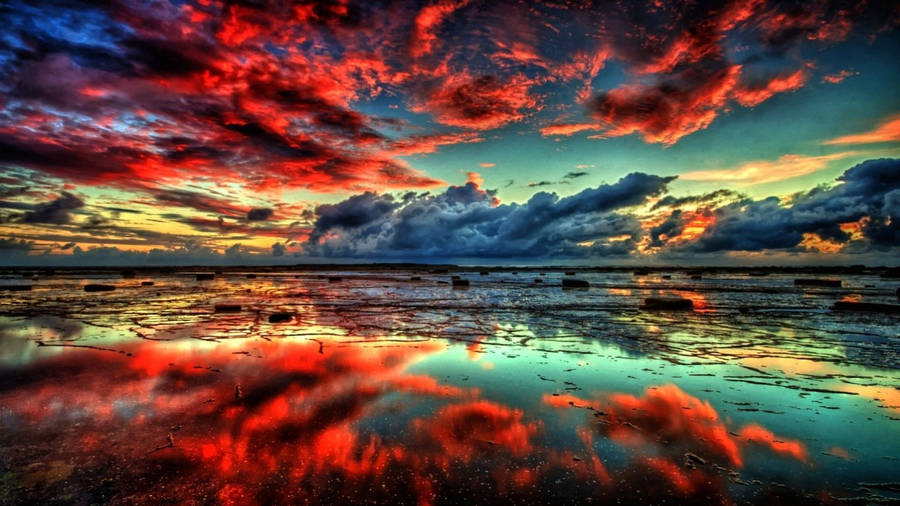
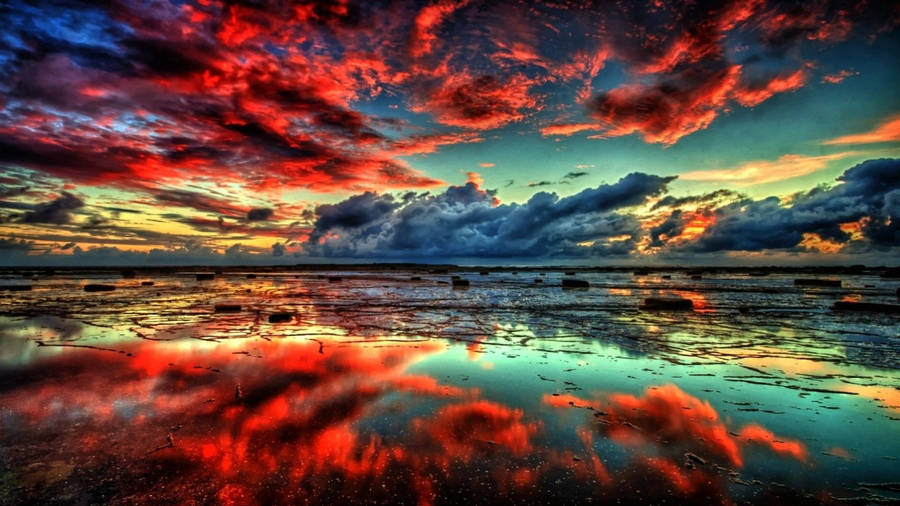
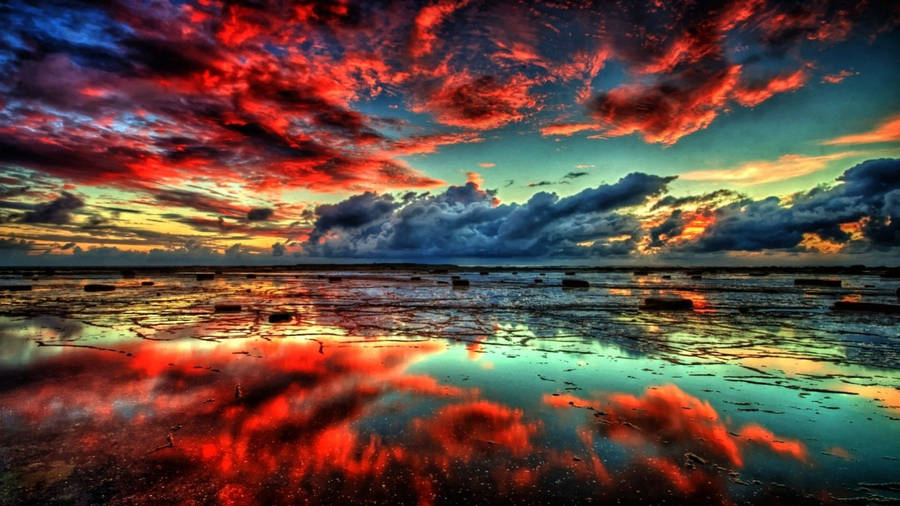
Giottos Rocket Blower (Large)
Honestly not much to review on this but without a doubt every photographer should have a rocket blower to remove all those dust specks found on the sensor of your dSLR. I personally use it for a lot of things that I cannot normally get to any other way such as the dirt that gathers around buttons, viewfinder, lenses, etc.
I went with the large version, not expecting it to be so large! Since it is larger than I expected it is not a mainstay in my bag because it won’t fit. Every time before a shoot I give my sensors a few good blows and most of the dust is gone (this thing moves a lot of air!), there are always a few strays that are easily taken care of in PP.
If you don’t already have a Giottos Rocket Blower, I would recommend picking one up, it will save you time in post processing and it’s a great tool for any photographer.
Here is a size comparison of it next to the Sigma 10-20mm…
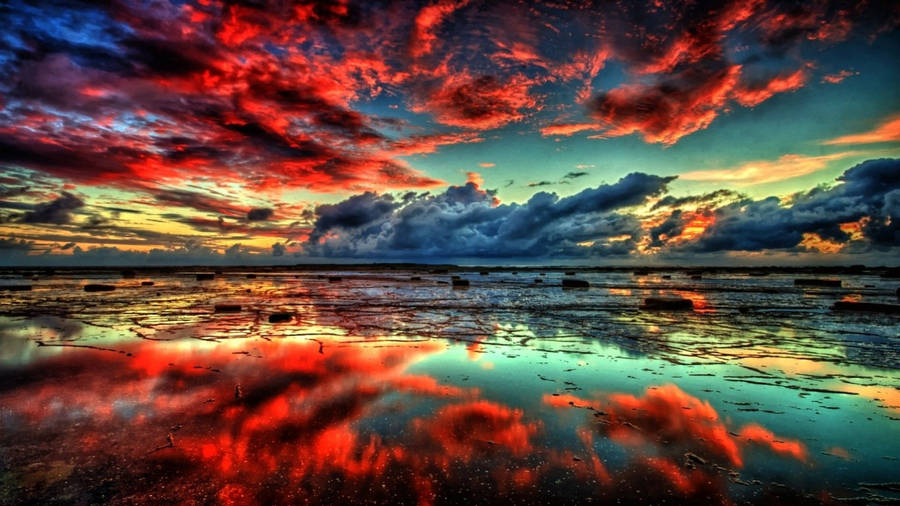
Benro A-298n6 tripod legs review
A tripod is one of the most important tools for a photographer that usually gets overlooked. Whether you shoot macro, landscapes or anything in between, a tripod is a great investment that will only need to buy once if a quality set of legs are purchased. I will not get into details about tripods in general since this is a review, so here we go:

General
Load Capacity
17.6 lbs (8kg)
Head Attachment Fitting
Dual 3/8” & 1/4”-20
Maximum Height
69.6” (177.0cm)
Maximum Height w/o Column Extended
57.1” (146.5cm)
Minimum Height
7.9” (20.0cm)
Folded Length
22” (56.0cm)
Weight
5.4 lbs (2.5kg)
Legs
Material
Aluminum
Leg Stages/Sections
3/4
Leg Lock Type
Twist locks
Independent Leg Spread
Yes
Spiked/Retractable Feet
Yes
Center Brace
No
Center column
Center Column Type
Sliding
Center Column Sections
1
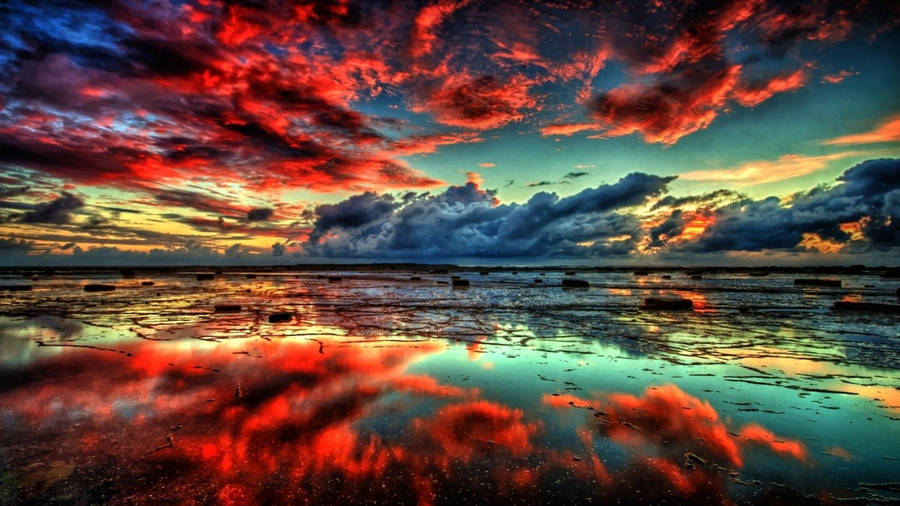
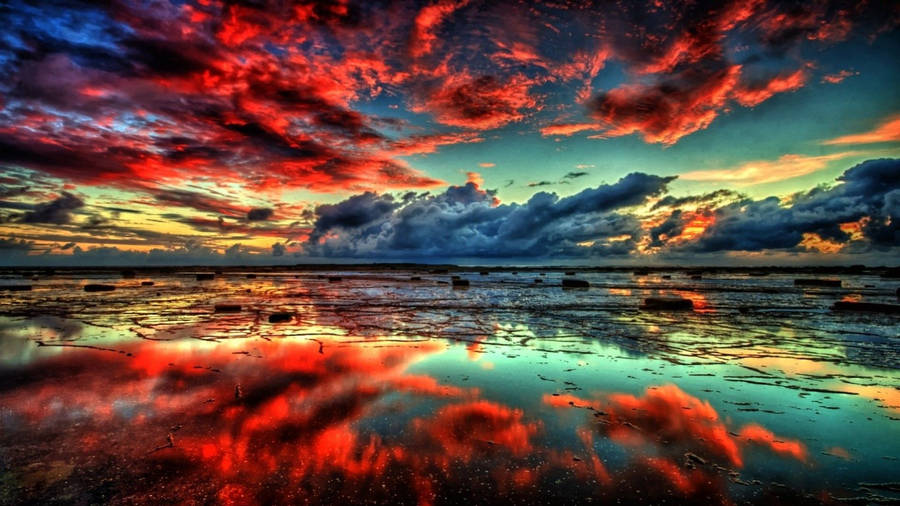
I had finally realized recently I needed a more sturdy tripod because I was at the beach shooting a sunset and the wind was blowing my cheap Wal-Mart tripod all over the place. After many hours of researching I came across the Benro A-298n6 that had all the features I was looking for and could not be beat for just over $100! I wanted a tripod that would support more that I needed, will I ever need to put 17lbs worth of gear on it? Probably not but the option is there if it comes down to it.
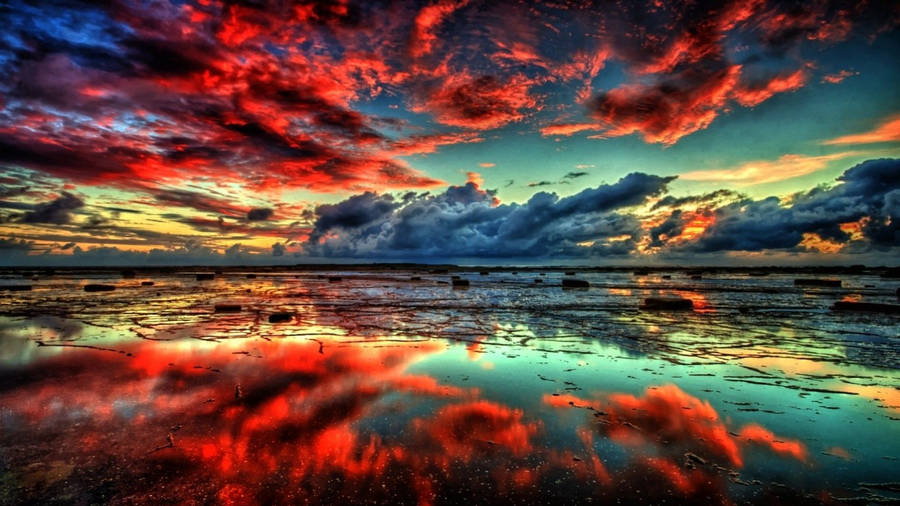
Pros
- Reasonably priced
- Sturdy
- Well built
- Adjustable for ANY shooting needs
- and well balanced for defending against muggers!
Cons
Weight but I went ahead with the purchase knowing that so I guess it doesn’t really matter to me; and as I stated as a pro, a mugger will think twice about it after being hit with a 5.4lb “bat”! (not including ballhead)![]()
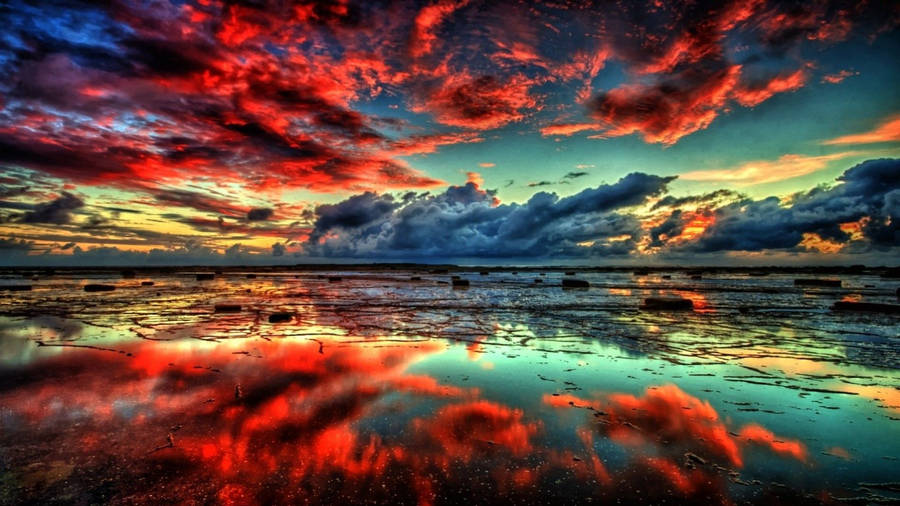
So am I happy with my purchase? Without a doubt, YES and I would recommend this tripod to anyone that does not mind the weight.
I did just notice this specific model has been discontinued but more than likely there is an upgraded version about to be announced to replace it (check out more Benro tripods here).
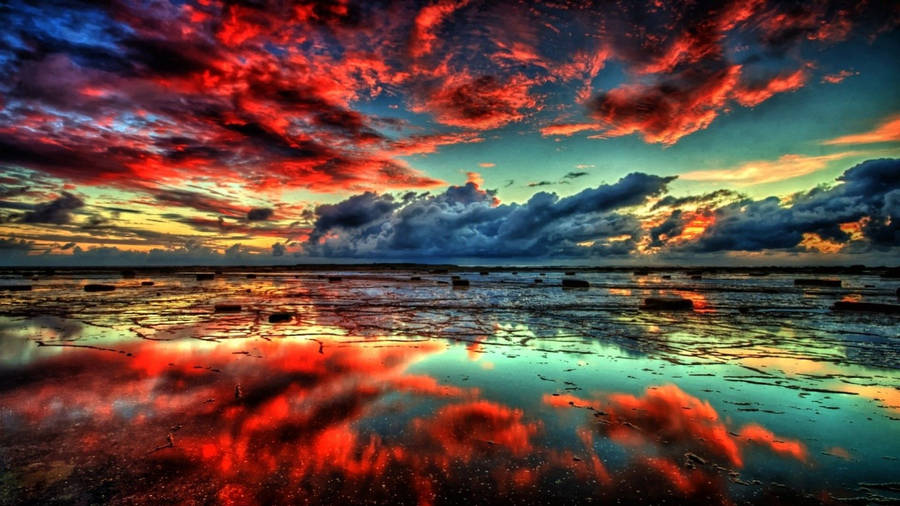
Cotton Carrier review...
I have been given the opportunity to review a new product on the market, the Cotton Carrier camera system. I had stumbled upon a link to the Cotton Carrier just over a month ago and knew this product was going to be a big hit with the photography community. Why no one has came up with a product like this in the past I will never know but now that it is here, myself and a lot of other photographers could not be happier. The customer service I have received from Mr. Grant Vetters was a huge plus; replied to my e-mails promptly and I can tell customer satisfaction is high on their list. On to the review…
Review
Upon receiving the Cotton Carrier, there were a few things that really caught my eye. First off is that it came in a decent size black mesh back with the “Cotton” name embroidered on the tag. I have found this bag to be useful when out on a shoot for carrying my flashes, wireless triggers and a few other odds and ends. Next were the instructions, obviously from watching the videos on the Cotton Carrier site you can see how it works but the instructions are easy to read and have plenty of clearly visible color images. Most companies lack in this department, hopefully in the coming months and years as this product and company grows more and more they will not stray away from small things like this that (to me) make a big impact.
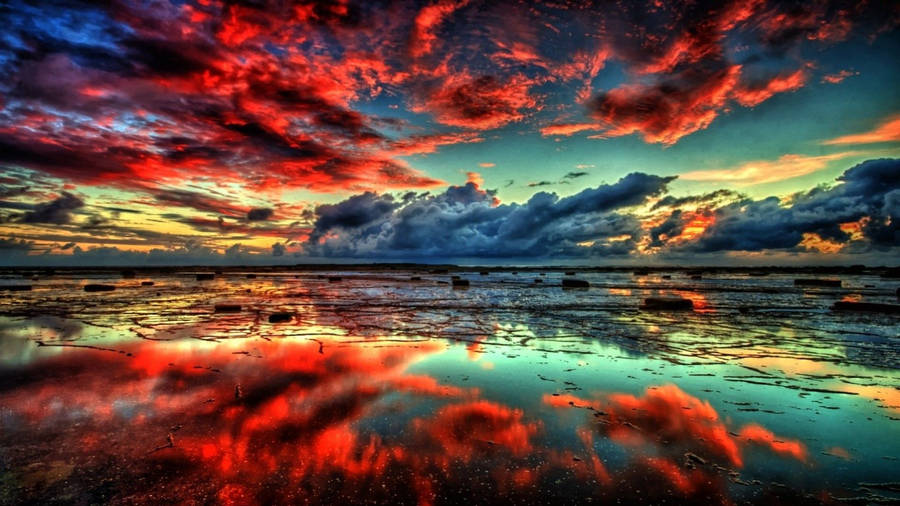
The two camera inserts that come with it are highly durable and are metal, not plastic. They are also stamped/engraved with the “Cotton” name. There is a rubber backing on them as to not scratch the bottom of your camera, it also helps to keep a snug fit once they are tightened down. As per the instructions I used a quarter to tighten them, you can use a non corrosive thread lock for that extra added protection from it backing out but I have yet to do it. Please be sure to really make it tight though, snugging it down will not suffice because rotating the camera to remove and put back in the chest and hip holsters can cause the inserts to rotate. So yeah, make them tight.
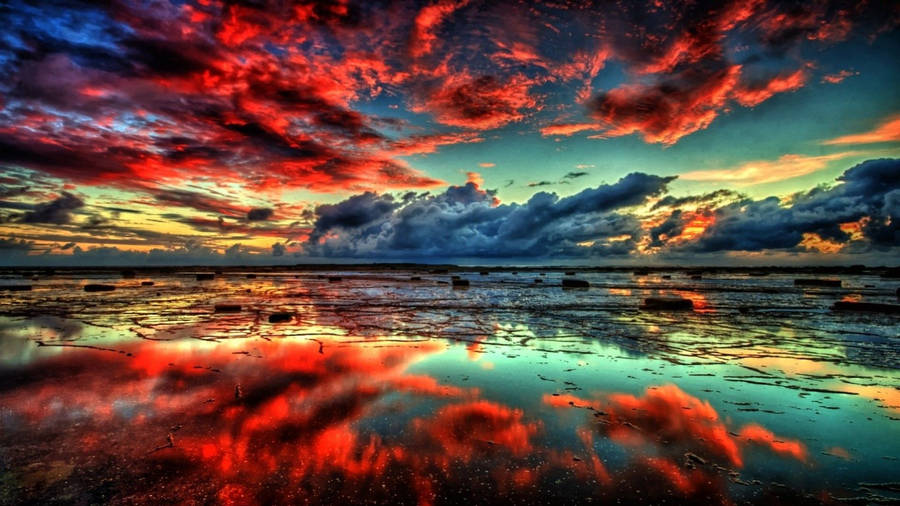
Next was to inspect the harness and the holster, again I was surprised with the quality. This thing is built to last and you can easily see that once you get your hands on one. The straps are easily adjustable and once you get them adjusted properly and are wearing it you can hardly tell it is there. I cannot tell you that it won’t make your back sweat in the heat because it’s already starting to turn into Winter here in NC. Andy Cotton did take that into consideration and made the back mesh so I have no doubt it will help on long hot days. The receptacles on the harness/vest and holsters are made of Lexan, again another thing I was worried about until putting them to the test.
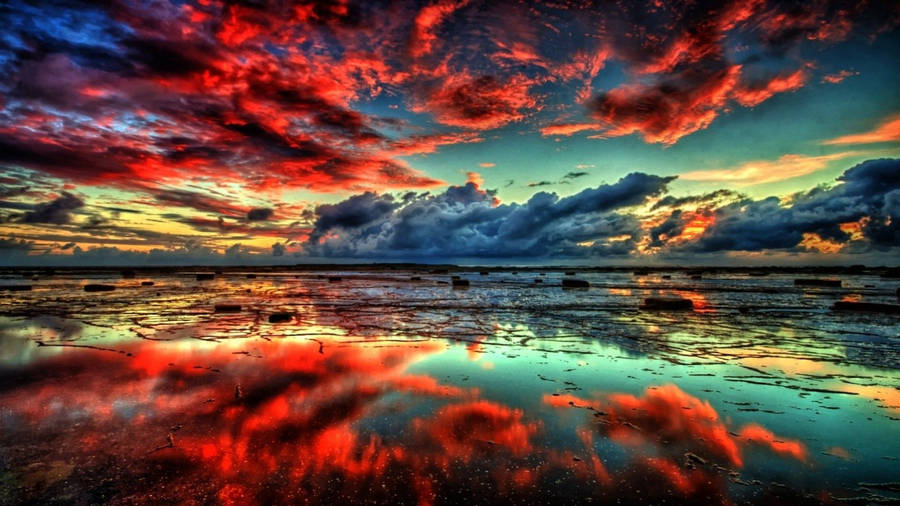
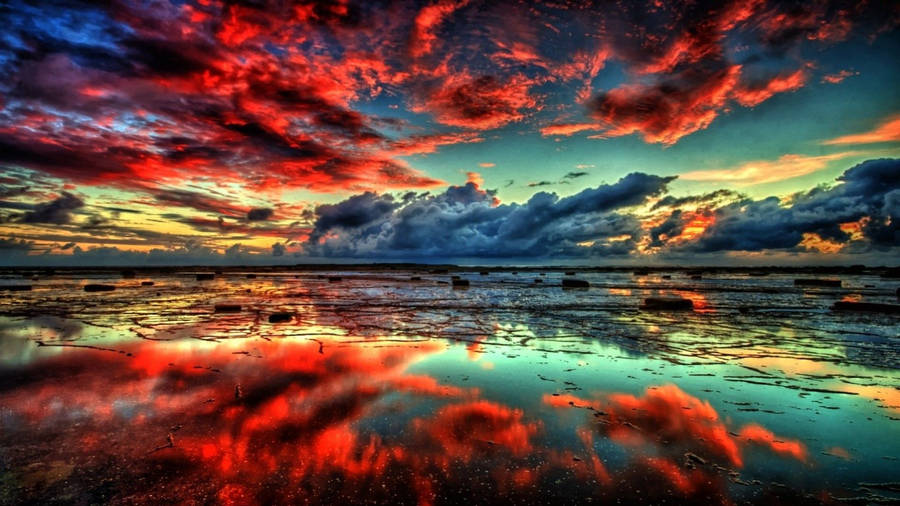
I had a week to test this system out in many different ways. From the basic walking around town with only the holster to strobist model shoots. With many hours having two bodies, 70-200mm f/2.8L IS on the vest and Canon 24-70mm f/2.8L
it was definitely more comfortable than using straps. To be honest when in the moment of a shoot you sometimes forget they are even there. Being a strobist style shooter I usually carry 2 bodies with lenses attached, light stands with flashes, umbrellas and a softbox so moving all this around with cameras on straps can really become a task. Using the Cotton Carrier has really made things a lot easier when moving all the equipment from one place to another since I don’t have to worry about swinging cameras or them sliding off my shoulders. I wish I had one of these about 6 months ago on our family vacation to Disney! We have twin 18-month-olds that have to stay moving to be happy, so carrying a dSLR around was more of a burden. Sadly to say the dSLR stayed in the room 99% of the time unless I went out by myself. I can assure you that will not happen again!
I meet up with another photographer (Jamie Hansen) yesterday at a model shoot he was doing. I wanted him to give the Cotton Carrier a try and of course he didn’t object. He had seen videos about it and was as curious as I was. While he was doing his thing I made sure to step back and get some shots of it in action…
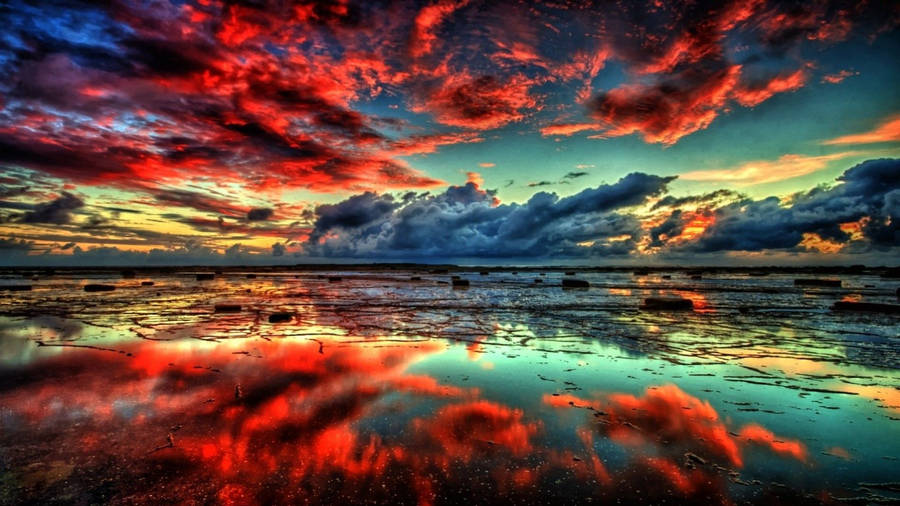
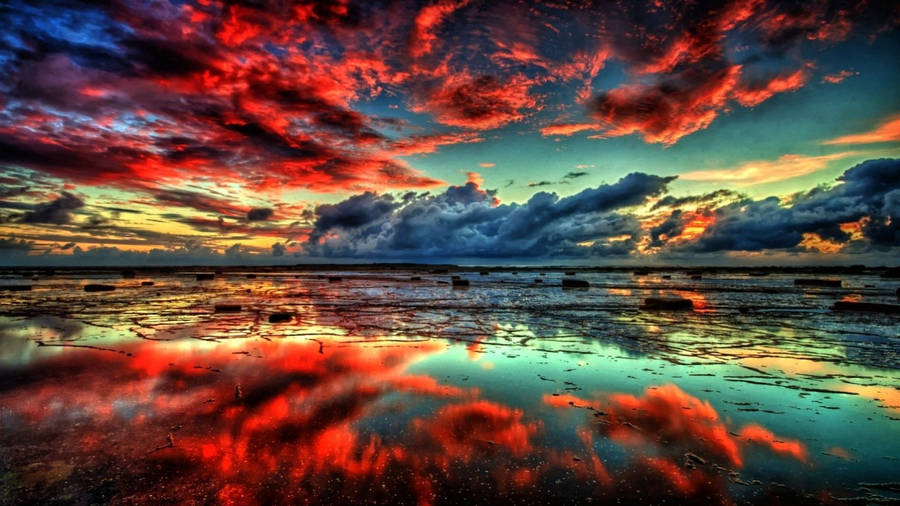
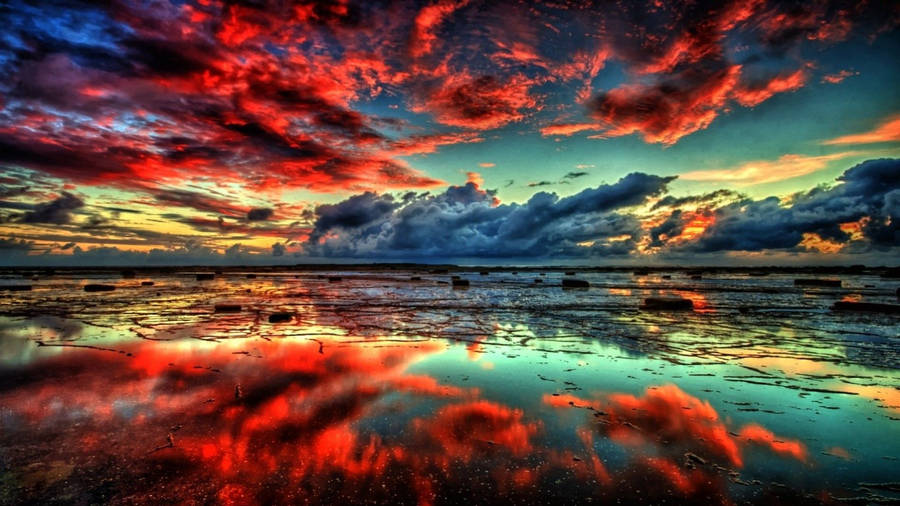
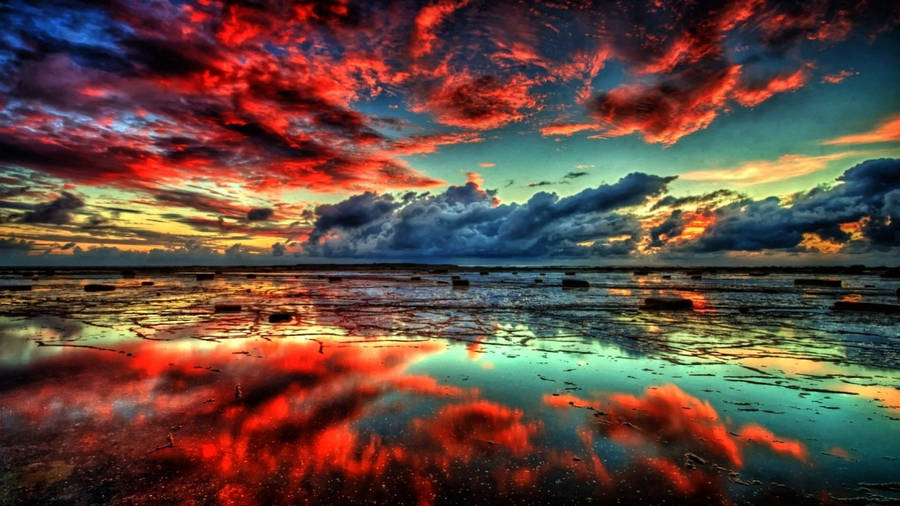
At the end of the shoot Mr. Hansen didn’t want to give it back. In that short amount of time he was able to tell that this is a product that will make his job easier and told me that he will be ordering one as soon as possible. Thanks Jamie for being my subject for this review. Here’s a quote I got from Jamie about his time with the Cotton Carrier.
In my time as a photographer, I have tried several ways to carry my gear. I’ve tried hip packs, back packs, rolling suit cases, pelican cases, and even other harness systems. However nothing has felt so weightless like the “Cotton Carrier”. I had my Nikon D60with my 70-200mm f/2.8
on the center post, and my D90
, with a SB600
and a 35mm on the right side of the harness. I almost forgot that they were there. There was zero neck pressure, no swing issues, I could even kneel and not have my lens touch the ground. I know with this harness I could move a lot quicker in a wedding environment, and always be ready to snap away.
Conclusion
I hope this review has helped and thanks for taking the time to read it. It may sound like I am a fan boy of the Cotton Carrier system and I can say that I am not the fan boy type. When seeing the product and videos I was skeptical, others may still be. Now that I’ve gotten my hands on it and was able to put it to the test I can honestly say that it has exceeded my expectations as I am sure it will do to you also. Thank you Mr. Cotton and everyone involved in the development and production of this great tool for any level of photographer!
Tamron 28-75mm f/2.8 review...
Full name: Tamron SP AF Aspherical XR Di LD (IF) 28-75mm 1:2.8 Macro
To begin I will give a list of all the Tamron abbreviations for better understanding:
- AF: Autofocus
- AD: Anomalous Dispersion. Special optical glass design that reduces chromatic aberration by reducing the amount of “undesirable” light wavelength passage through the lens.
- ASL: Aspherical Glass used in the lens.
- Di: Digitally Integrated Design. This is the same as sigma’s DG lenses and simply has extra coatings on the glass.
- Di II: Lenses for Digital SLR Cameras Only (cameras with a APS-C size sensor) The same as Sigma’s DC lenses.
- IF: Internal focus.
- LD: Low Dispersion Glass used in the lens.
- SP: Super Performance. Tamron’s “top shelf” high performance lenses sporting above average build quality, innovative design features and fine optical characteristics which set these lenses apart from standard lenses.
- XR: Extra Refractive Index Glass.
After countless hours of doing research for a fast standard zoom lens without the $1000 price tag of the well know Canon 24-70mm f/2.8L, I ran into some reviews on the Tamron 28-75mm f/2.8 XR Di and decided to give it a try. All the reviews I read hadPROS and CONS just as any other product on the market today, so the following review is from my own personal experience of this lens.
When I initially received this lens I was very surprised by the size and weight compared to other lenses of the same focal length and large aperture, which makes this an easy walk-around lens if 28mm is wide enough for your needs. Build quality is on the mediocre side and in no way comparable to Canon’s L series lenses. The body is plastic which could be good or bad depending on how you look at it (bad because it does not make the lens as durable but good because it keeps the weight down).
I find the zoom and focus rings to be well damped and easy to use. On all Tamron lenses, you rotate the zoom ring the opposite direction than Canon and other lenses. At first I thought it would be difficult to get used to but it catches on pretty quickly. While zooming in or out it is not as smooth as I would like it to be, but it is acceptable. The focus ring on the other hand is VERY smooth and easy to use, which is a big plus for manual focusing.
Unlike Canon and other lens manufacturers there is no focus windows on the Tamron, but if you think about it, how often do you use it anyways? This lens does have IF (internal focusing) which means the front element does not rotate while focusing. It does not, however, have FTM (full time manual) capabilities, so while the lens is focusing the focus ring does move. You have to be aware not to hold it because it could result in burning up the focus motor.
Another plus is that it has a lens lock when at 28mm to stop zoom creep. I find this to be a very nice feature because I always worry while walking around and the lenses zooming out without you wanting it to.
Now to get to the performance and image quality. The auto focus motor has a slight buzz to it which I think makes the lens feel slower than it really is. In normal lighting situations the focus is precise but a little slow compared to the Canon USM lenses I have used. In low light it seems to do its fair share of hunting but nothing major for me because I usually have enough light, and if not a flash is used. I will have to admit that this by far is the sharpest lens I have ever owned especially wide open! I have read other reviews that claim that this lens IQ-wise battles back and forth with Canon’s 24-70mm f/2.8L but I have never tested that lens so I cannot say for sure if it is true or not. I do know, however, that I could not be happier with the IQ which, to me, makes up for the CONS.
My final conclusion of this lens is that it is an excellent, fast, standard focal length lens that is light, easy to carry all day and extremely sharp! If you are on a budget and need the f/2.8 then, by all mean, this is the lens to go for because you will not be disappointed.
Below are some photos taken at 75mm using f/2.8, f/5.6 and f/8. All images have NO post processing work done to them. All I did was convert from RAW, add the details and the 100% crops.
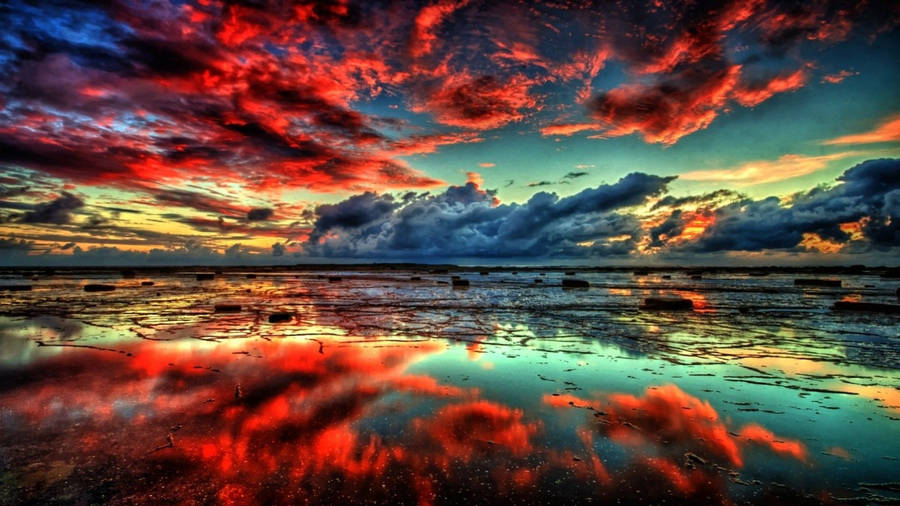
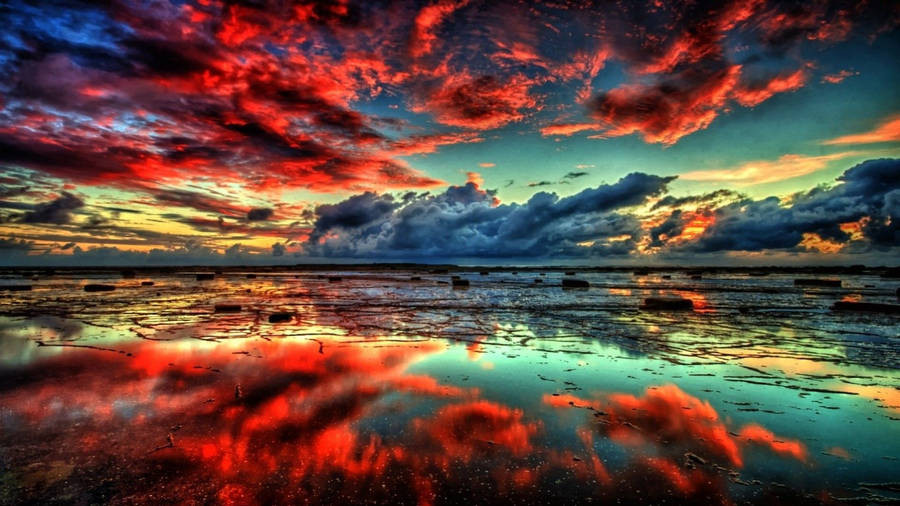
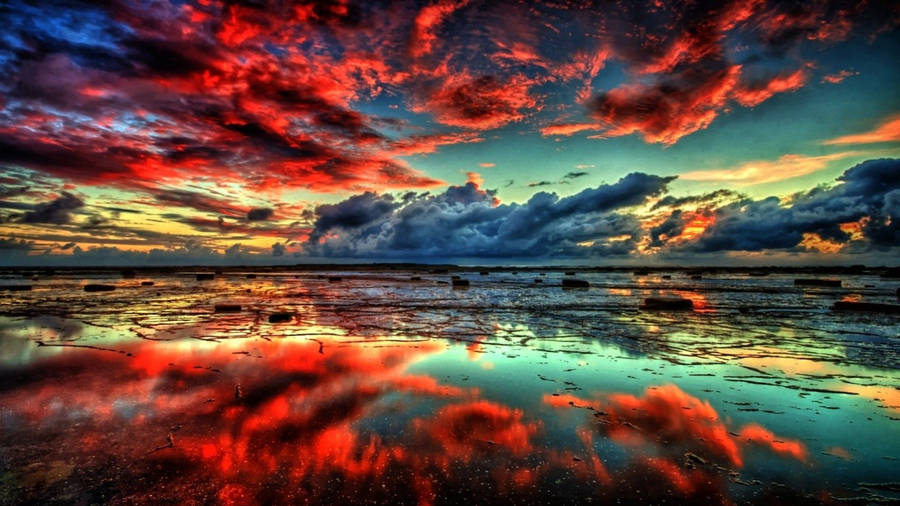
Topaz DeNoise review
A noise reduction software had never really crossed my mind until I was introduced to the Topaz Labs line up. From the reviews and example images I had seen, I figured I would give it a shot… DeNoise along with the other Topaz software I’ve used is well put together with an obvious “ease of use” work flow. I’m using it as a plug-in with Photoshop Elements 6. In the following images I’ll give a brief walk-through of the software with sample images.
Walk-through
Obviously start by opening your images into Photoshop. I chose to use this photo as the subject because I used a highISO in low light conditions…
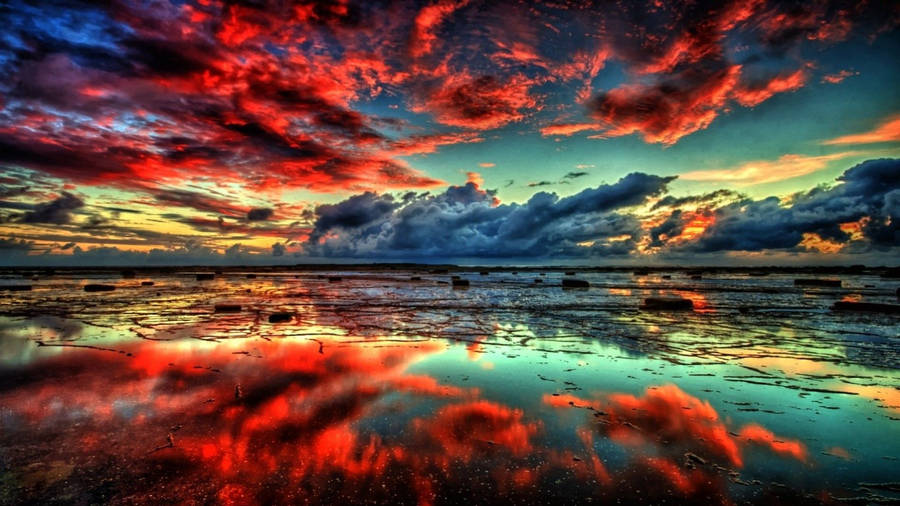
To open DeNoise select, Filter > Topaz Labs > Topaz DeNoise.
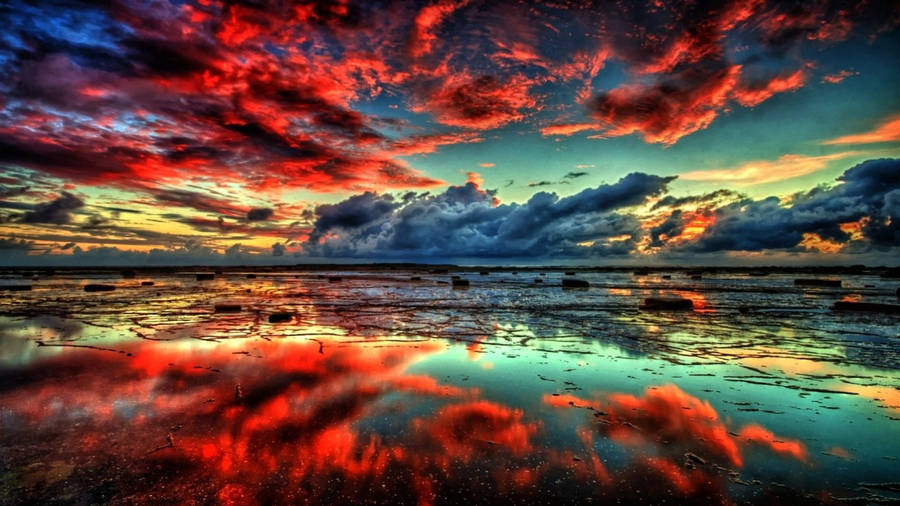
Once open, you can see that it is very easy to navigate with already-installed presets on the left and the option to fine tune in many different ways. For this tutorial I used the “JPEG HQ” preset.
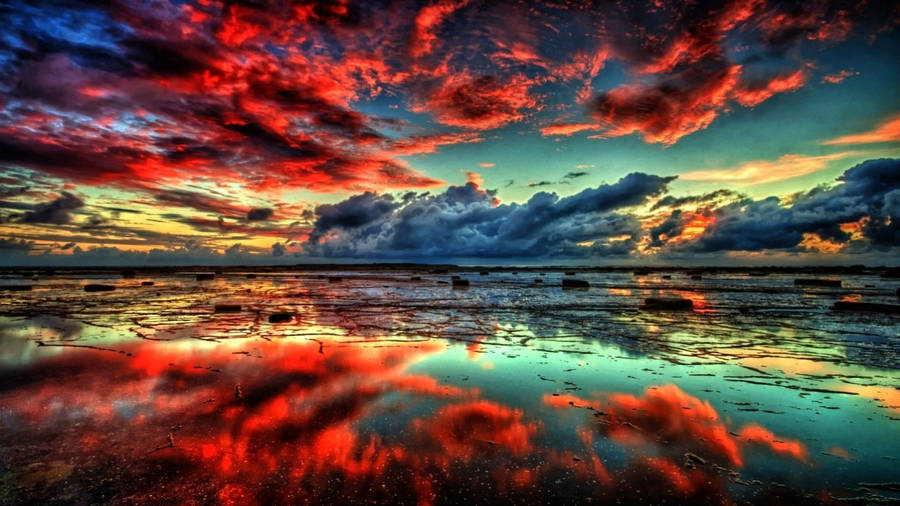
Here is a 200% view of the previous image after the noise reduction.
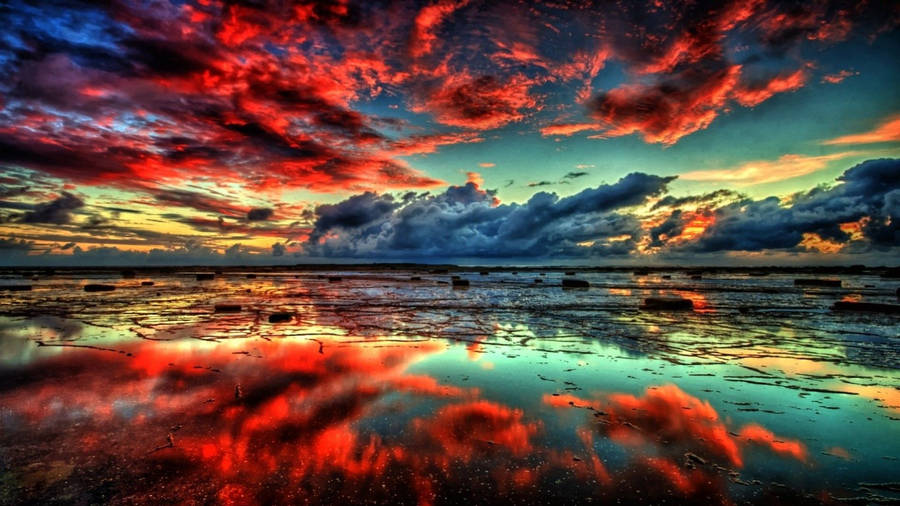
Now I’m gonna show a 200% before and after comparison so you can see for yourselves how much of an improvement has been made with only a few minutes in with DeNoise.
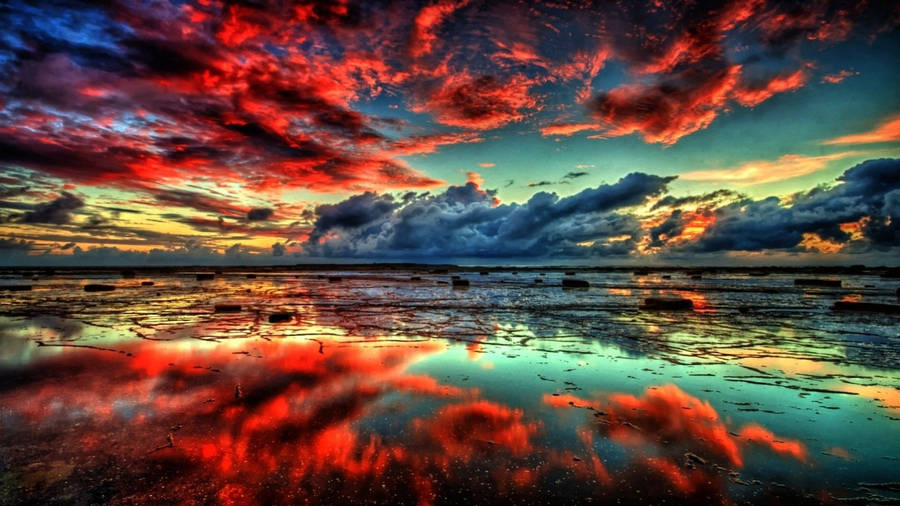
After…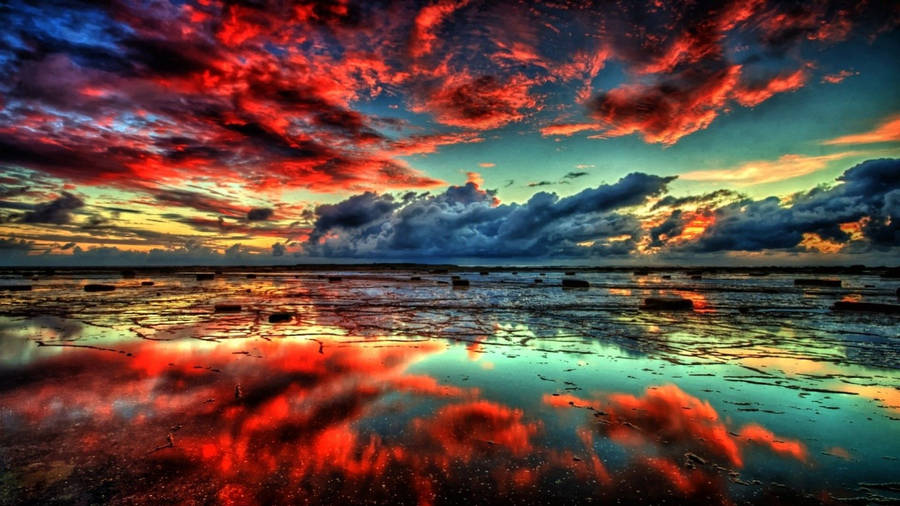
All in all I have to say that I am very happy with the Topaz products have used and DeNoise is no different. The easy of use and final results for the price is a huge step forward in post processing software. Would I recommend DeNoise to a friend? Without a doubt, in a heartbeat! If you would like to test it out for yourselves go to www.topazlabs.com and download the free trial.
Thanks for taking the time to read the review and I hope you found it helpful. If you have any questions please don’t hesitate to ask in the comments section of this review.